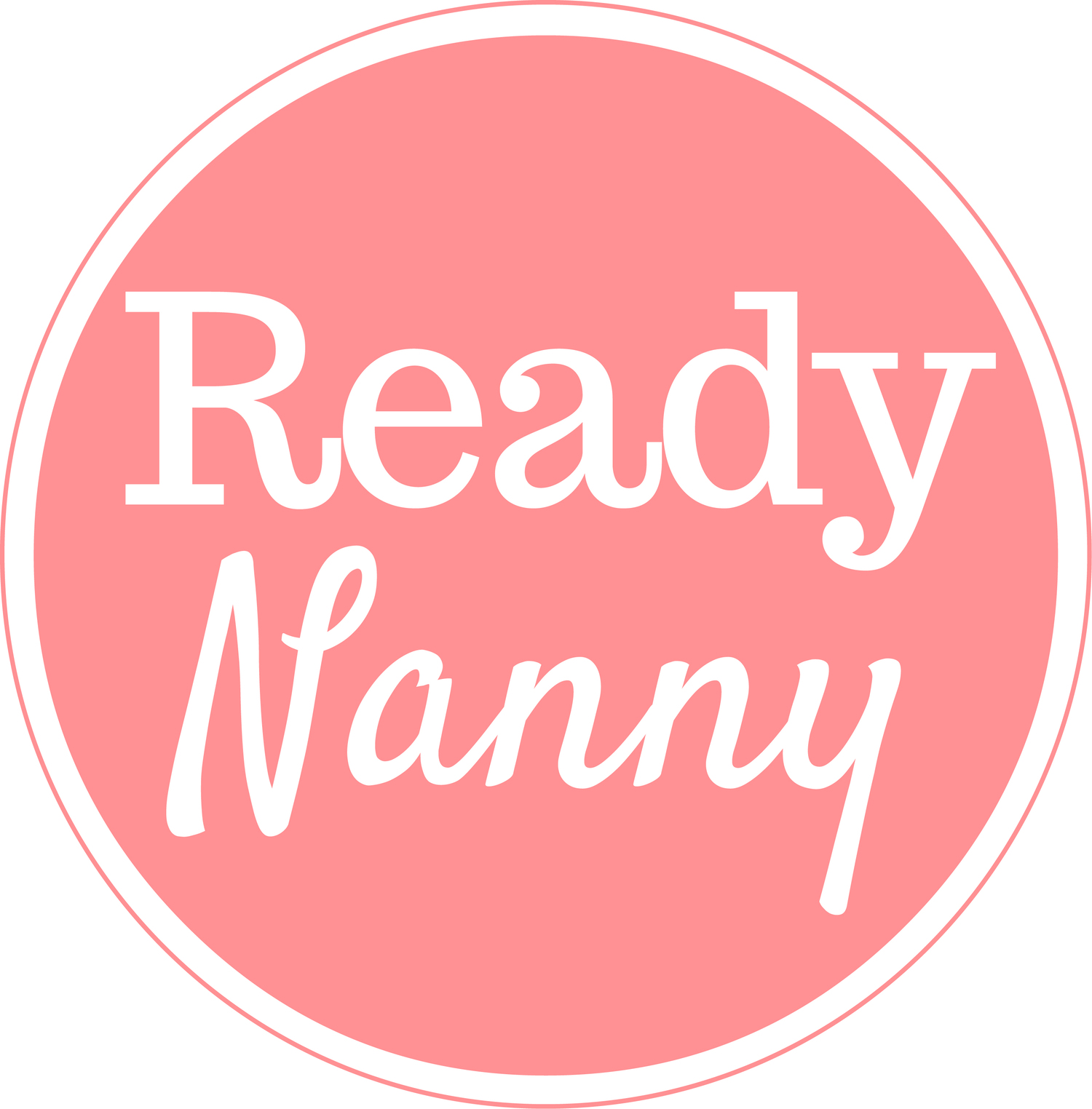Ways to Immerse children in Culture
/In this integrated and globalized world, it is increasingly important to raise children in a diverse, inclusive environment. However, it can be very difficult to know how to approach this in a child-centered way. Introducing children to culture locally is a great first step.
Communication and language are the primary bridges across difference. A growing trend in parents today is to teach infants and toddlers American Sign Language before their children are able to speak and even hired bilingual caregivers. While this is a practical way of communicating with a child, it also breaks down stereotypes associated with deafness. This concept can also be transcended to other spoken languages and cultures. Young children in particular are primed to learn a second or third language, as their brain is still rapidly developing their first. Exposure is the key; parents and teachers can use foreign language words interchangeably in casual conversation in place of the child’s first language. For a more structured approach, and for older children, foreign language classes are a great way to immerse a child in a new culture. Most language classes not only teach speaking and writing, but they will also teach children about cultural practices, traditions, and histories associated with the language.
The arts are an integral part of any culture, and are also a great tool to connect children to other ways of being across the world. Children thrive in imaginative environments, and love to explore new materials, sounds, and experiences. Visual art, music, and theater classes not only provide children with unique ways express themselves, but also give them tools to engage with the world and with each other. Community colleges, after school programs, group classes, and private instructors offer a menagerie of classes to children of all ages. Musical instruments, such as the guitar, drums, and piano, are versatile and accessible, as many cultures have either have similar instruments, or have adapted their musical styles to those instruments themselves. Visual and performing arts are similar, and local community centers will often offer classes that focus on Native or some form of non-Western art. Writing and poetry classes, too, can introduce children to important authors, scholars, and cultural figures that aren’t traditionally taught in Western schools. Books are also perhaps the easiest way to expose children to new cultures early; reading stories about and by people from other countries, religions, family structures, and gender norms teaches children to think less about how different we are, but how we can connect.
Other cultural experiences revolve around food, holidays, religions, and traditions. Cooking at home is an enriching way to learn a variety of different skills, including reading, measuring, time management, and cultural competency. It’s truly an immersive, integrative activity that can be scaled for all ages and learning levels. Planning home meals from around the world will also teach children to love trying new things, even if they aren’t food related! Festivals will usually have foods from the cultures they are celebrating, as well as traditional music, art, and dance. Getting children involved with performing or volunteering at festivals and other cultural celebrations is a more involved way of immersing children in culture, but often helps them build relationships and understanding across difference. For very young children, exposing them to international playgroups early on can immerse both them and their families in new ways of being. Similarly, nannies play an important role in a child’s perspective on the world, as they are often a primary caregiver. Nannies enrich children’s lives by sharing their language, culture, food, and values with the children in their care.
Phoenix is a multicultural, metropolitan area with plenty of opportunities to expose children to a variety of cultures. The Phoenix Art Museum and Musical Instrument Museum are great places to start, as they feature exhibits from artists and musicians from across the globe. The Heard Museum features American Indian Art, which is essential for an area with a long history of Native culture. Similarly, there is the Pueblo Grande Museum and Archaeological Park, which allows visitors to tour a real historical site will interacting with its rich history and culture. The Arizona Latino Arts and Cultural Center is also very immersive and interactive, and allows children to explore the vibrant Latin culture that exists in and around Arizona. The Fiesta de Las Americas is an annual festival held in April that also celebrates Latin culture from the US and Mexico, all the way down to the tip of South America. Near the end of March is the Italian Festival of Arizona, which immerses visitors in Italian music, food, and commerce. Finally, there is another European cultural celebration called the Tournament of Kings Dinner and Jousting show, which is held year round and is more of a performance than an integrative experience. However, it simply goes to show that there is a new cultural experience for every child in Phoenix!










